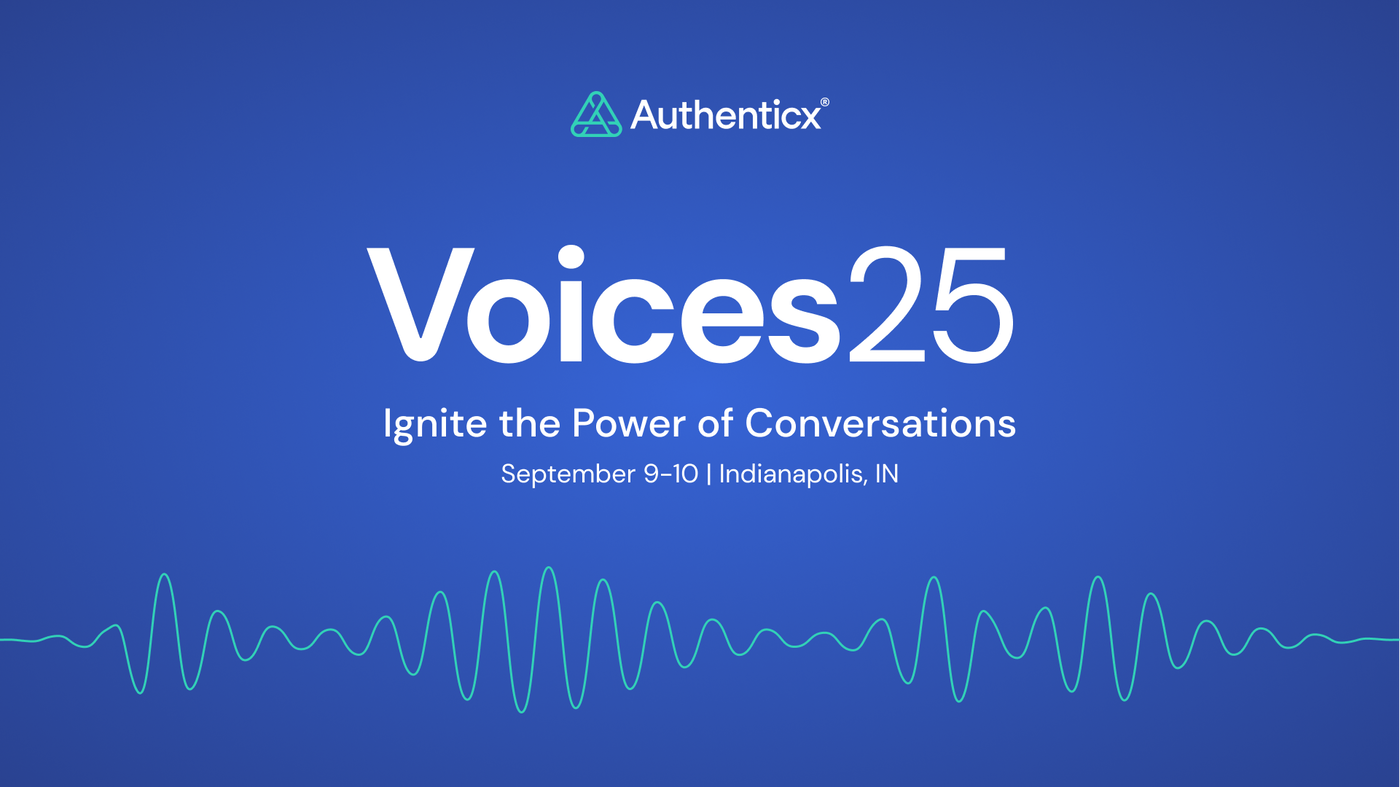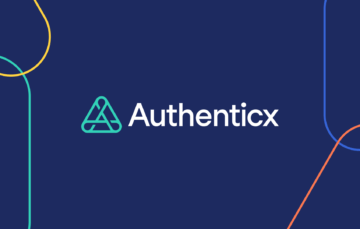
To inspire an audience to act based on data storytelling, your delivery is as important as your crafting of the story. When telling a data-backed story, it’s easy to compile the data points (even if they’re in a story structure) and use the word “and” to get from one data point to the next, especially if we’re sharing the story through slides. A great storyteller uses narrative transitions to successfully connect the narrative thread of the story.
Read the following Data-Backed Storytelling Tips to learn more about effective telling of stories.
Keep your audience in the palm of your hand with narrative transitions.
Read these two versions of the same story below and take note of their differences:
Version 1: “Once upon a time there was a queen whose husband, the king, died in battle while she was giving birth to their only child, and she became a widow at a young age. And the queen wasn’t sure she could rule the land. She hoped the kingdom would take care of itself. A cruel enemy ruler wanted her land and people. And the evil ruler attacked. And the queen and her daughter gathered the citizens of the kingdom together, organizing them in the same way they organized the palace workers. And each was given a weapon and a specific job. And they were so well organized that within hours of the battle, they beat back the enemy and kept their land and lived in peace.”
Version 2: “Once upon a time there was a queen whose husband, the king, died in battle while she was giving birth to their only child, so unfortunately, she became a widow at a young age. Because she was so young, she wasn’t sure she could rule the land. So she went about her days, hoping the kingdom would take care of itself. But then one day, a cruel enemy ruler who was hungry for her land and people attacked. The queen didn’t know what to do, but she knew she could not assume the kingdom would take care of itself. So, she called her daughter and together they gathered the citizens of the kingdom together, organizing them in the same way they organized the palace workers. Each was given a weapon and a specific job. They were so well organized that within hours of the battle, they beat back the enemy. And so, the queen realized she indeed knew how to rule, and from that day on she led her people with confidence and peace.”
Likely, you felt more engaged with more suspense and interest in Version 2. Version 1 links the parts of the story with the word “and” whereas Version 2 links the parts of the story with the words “so,” “because,” and “but.” These subtle narrative transition words allow the narrative to hang together as a story rather than a series of facts.
When telling a data-backed story, it’s easy to compile the data points (even if they’re in a story structure) and use the word “and” to get from one data point to the next, especially if we’re sharing the story through slides. But a great storyteller uses narrative transitions with the words like “but,” “because,” “therefore,” and “so” to connect the narrative thread of the story. Most novice data-backed storytellers need to plan their narrative transitions as they don’t always come naturally.
These narrative transitions are the most subtle and powerful tool for keeping an audience in the palm of one’s hand, even with a data-backed story.
Learn More: For more on narrative transitions, check out Matthew Dicks’ book Storyworthy.
To prevent confusion, give your audience sign-posts.
Listening is hard. Most humans process aren’t great auditory processors of information. When we listen, our minds wander, and we lose track of what’s being said.
As a data-backed storyteller, you want your audience to be able to follow you easily, so they get the most out of your story.
So, in addition to the technique of using narrative transitions, “signposts” are necessary to clarify to your audience where you are and where you’re headed in your story presentation.
“Signposts” are cuing words like “first,” “second,” “third,” “next,” or “yet another.” When an audience is told that there will be, say, four key ideas or three micro-stories or two parts to the problem, their brains are cued to know what to listen for.
More importantly, if the storyteller then consistently uses those same signposting words throughout the story (e.g., “Now, the second part of the problem we need to understand is . . . “) the audience then knows exactly where they are and they’re unlikely to feel lost.
Making a habit of signposting can make you a sharp storyteller.
Challenge: Practice signposting every time you speak in a meeting for the next two weeks. See how it feels. See how much clearer your thoughts become to others.
Your first 8 seconds matter. Use them strategically.
Eight seconds. Research shows that audiences decide the worthiness of a presentation within eight seconds. In fact, by the time you finish this very sentence, eight seconds will have passed.
When telling a data-backed story, you want those first eight seconds to hook your audience into your narrative, quickly convincing them that the story they’re about to hear is worth their time.
This can be done a multitude of ways. Here are some of our favorites.
- Start with a metaphor or analogy: E.g. “Our members’ experience with our website is a lot like a driver getting onto the freeway. First, they hesitate to get onto the on-ramp. Second, they often get stuck on the on-ramp. Third, if they get onto the freeway, they have trouble knowing which lane to drive in.”
- Start with a bold statement: E.g. “Our agent non-compliance rates are putting us at level of legal risk that we simply cannot afford.”
- Start with a single, startling data point: E.g. “We’ve recently learned that not 5%, not 15%, not 25%…but 40% of our customers are confused by our new website that we spent thousands of dollars building. Forty percent!”
- Start with an inspiring quote: E.g. “Business opportunities are like buses, there’s always another one coming. – Richard Branson”
These are just four ideas, and the possibilities are endless. Choose an opening to your next story that is both brave and comfortable for you to tell. Then watch your audience sit up and pay attention!
As you conclude, step out of the data and into aspiration.
Ever sat through a movie on the edge of your seat, only to be disappointed by the ending? You might have thought the ending fell flat. Or the ending seemed disconnected from what you thought the story was really about.
So too, in a data-backed story, the ending matters. Here are three tips:
- The ending should never introduce new data points. In fact, the focus should be on the implications of the data, not the data itself. Focus on what the audience should be aspiring to because of the data.
- The ending should be short. Once the audience knows you’re near the end of the story, they want it to come to a swift close.
- The final words of a data-backed story should inspire action, perhaps by referencing the opening statement. E.g. “So, let’s re-construct the on-ramp and the lane signage so our members don’t hesitate to use our ‘freeway’ website.”
Just a little bit of conscious effort in thinking about how to end the story can go a long way in making it motivating to your audience.
Think about this question: What’s an ending to a story that you have had success with?
Bring your story to life with analogies and metaphors.
Stories are engaging and memorable in part because they activate the motor and sensory cortices of the brain. Those cortices can also be activated through the use of analogies and metaphors that can tell a sort of “implied” story about your data.
In a 2021 TED Talk about the development of COVID-19 vaccines, Dr. Kathryn Whitehead tells a data-backed story about how lipid nanoparticles were being developed to make the vaccines successful.
To explain the complicated science of lipid nanoparticles, Whitehead used a brilliant story analogy of someone sending a breakable package in the mail. She explained the need (object of desire) to get the package to the right address AND intact. The obstacle was in accomplishing both things simultaneously. She then explained the challenge of getting the fragile mRNA to the right parts of the body while staying intact during delivery.
The analogy enabled the non-scientific audience up to understand her explanation of how lipid particles (the intervention) were the delivery system being engineered to get the mRNA intact to the right locations in the human body.
The analogy was clever and helpful because everyone in the audience can identify with the story of needing a fragile package to arrive at a particular location without getting broken.
Data-backed storytellers often use metaphors and analogies to make the data relatable, memorable, and accessible to their audiences.
Think about this question: What is an analogy or metaphor you’ve recently heard that made some data come to life for you?
Catch up with this blog series:
- Blog #1: The Human Brain Needs Data-Backed Stories
- Blog #2: How Data Can Inspire
- Blog #3: The Strategic Data-Backed Story Set-Up
- Blog #4: The Strategic Data-Backed Story Ending
- Blog #5: Effective Use of Micro Stories
About Sally Perkins
Dr. Sally Perkins serves as Sr. Manager of Storytellers at Authenticx. She analyzes quantitative and qualitative conversational data from which she crafts impactful data-backed stories that offer insights into how professionals across industries, such as healthcare, can improve the customer experience and their business outcomes.

About Authenticx
Authenticx was founded to analyze and activate customer interaction data at scale. Why? We wanted to reveal transformational opportunities in healthcare. We are on a mission to help humans understand humans. With a combined 100+ years of leadership experience in pharma, payer, and healthcare organizations, we know first-hand the challenges and opportunities that our clients face because we’ve been in your shoes. In 2023, Authenticx was ranked No. 349 on the Inc. 5000 recognized as one of America and Indiana’s fastest-growing private companies.
Want to learn more? Contact us!
Or connect with us on social! LinkedIn | Facebook | Instagram | YouTube | Twitter/X


